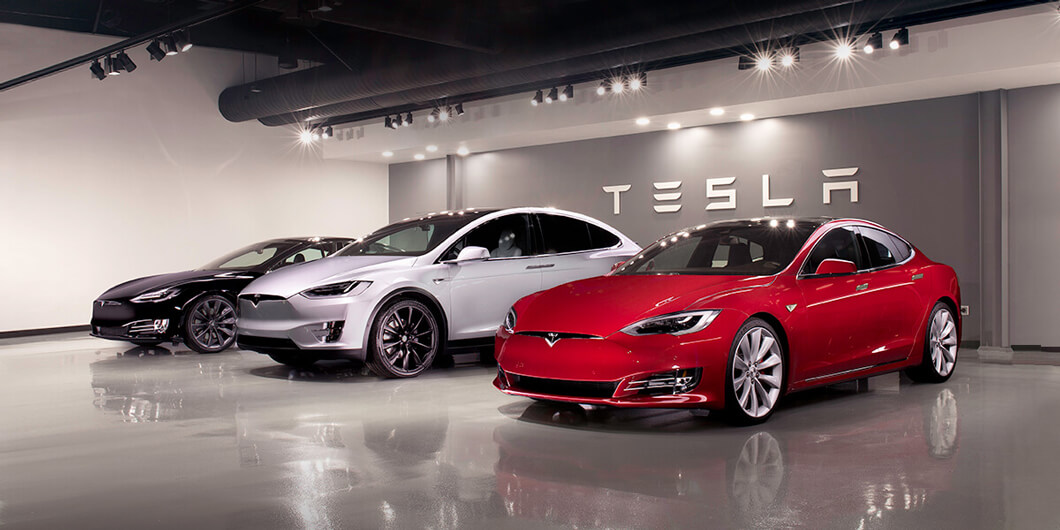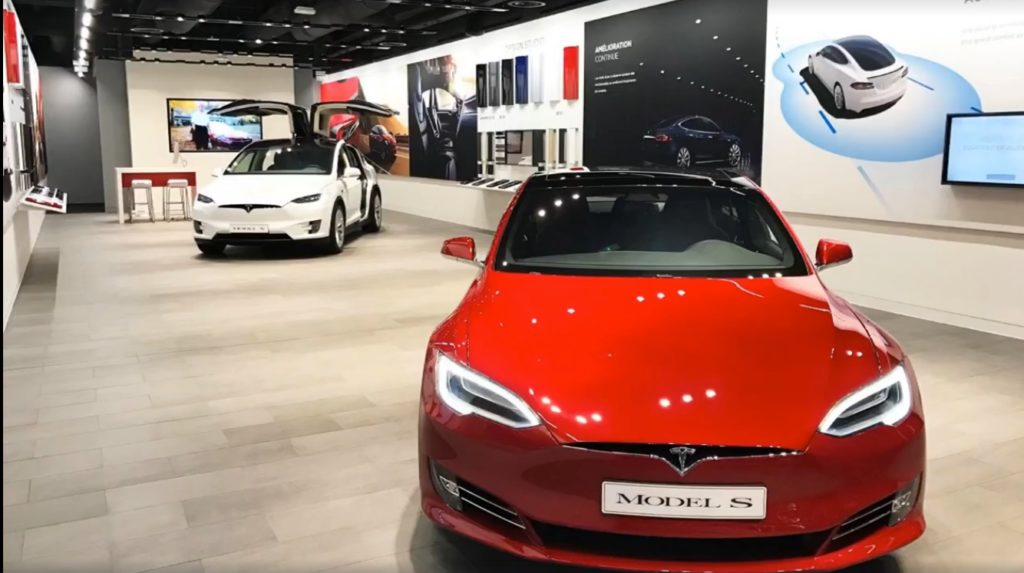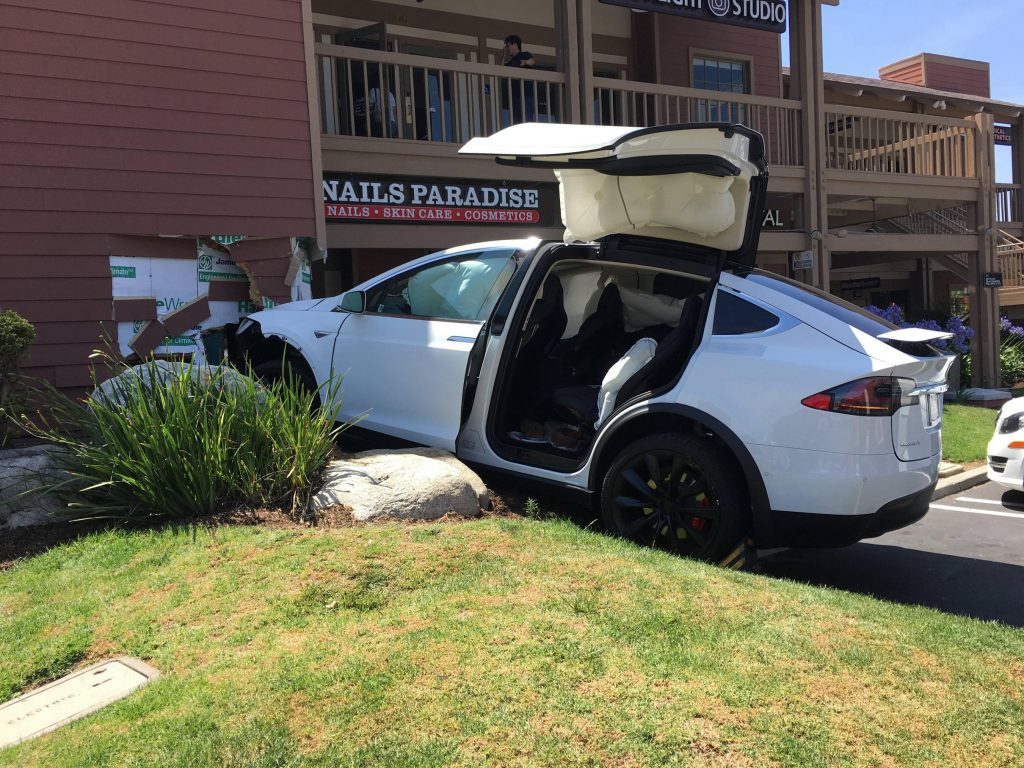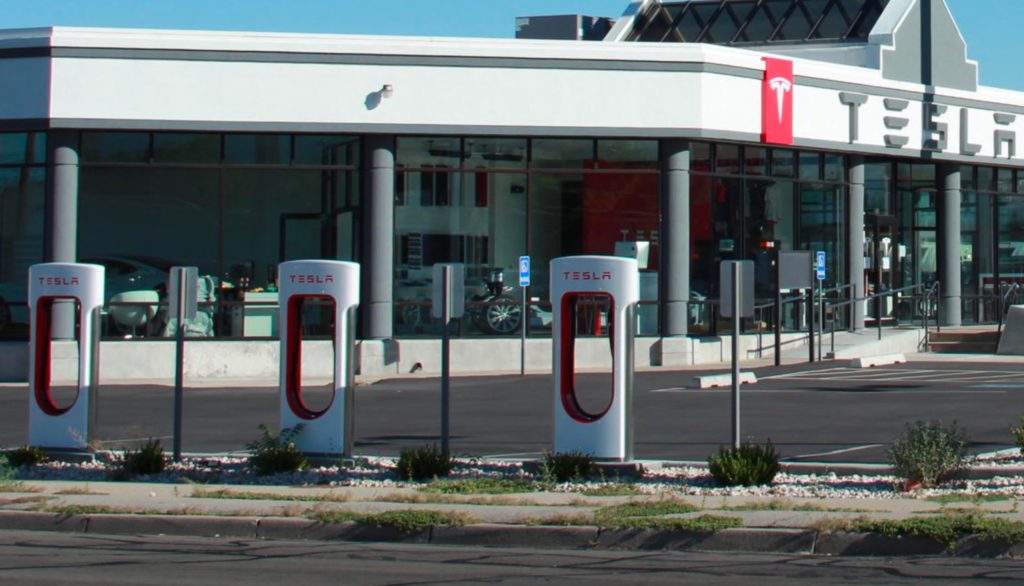News
Tesla Top 5 Week in Review: Utah Bans Tesla Sales, Controversy Over Drivers Data, Model 3 Sensors, and More

What a week it was for Tesla! Reaching all-time trading highs was certainly an achievement to celebrate. So, too, was the 2017 Q1 earnings report, in which Tesla excelled in deliveries versus same month, previous year. Teslarati gets the first scoop a Model 3 release candidate in the wild, with reports of new sensors being spotted. Tesla’s company practice of divulging individual driver data became a contested topic, as did the Utah Supreme Court’s decision to prohibit Tesla direct sales to customers. Here are those stories and more on our Teslarati Top 5 Week in Review.
Tesla steamrolls US automakers to become #1 by market cap
Tesla, Inc. (TSLA) stock, which had previously traded at $280 in February, achieved its all-time high this week, up from the March 31, 2017 close of market mark of $291.74. Tesla’s performance pushed the company’s market capitalization past that of Ford for the first time ever. Ford’s market capitalization at about $44.8 billion stood just about $3 billion under Tesla’s. Next in line for Tesla is GM’s $51.4 billion market cap. Tesla sold only a fraction of Ford’s 6.7 million cars and GM’s 10 million cars in 2016; both offer investors the comfort of healthy balance sheets and steady profits. However, Tesla investors seem willing to hold out for the company’s future potential for still higher growth ahead. Historical malaise over missed delivery targets may be dissipating.
Tesla delivers a record 25,000 Model S, X in Q1 2017, 69% increase over Q1 2016
With Model S deliveries at 3,450 and Model X deliveries at 11,550, Tesla achieved a new quarterly record to start 2017. Selling just over 25,000 vehicles in Q1 represented a 69% increase over the same month, Q1 2016. Tesla argues that vehicle deliveries symbolize only one measure of the company’s financial performance; quarterly financial results, they say, depend on a variety of factors, including the cost of sales, foreign exchange movements, and mix of directly leased vehicles.
New sensors spotted on Tesla Model 3: Autopilot 2.0 could have 10 cameras
Up until Tuesday, the Model 3 was assumed to have eight cameras: three facing forwards, two in the B-pillar between the front and rear doors, two in the front fenders, and one in the rear by the hatch latch. (Radar and ultrasonic sensors will also provide the computer with contextual data.) The recent sighting indicates that two additional sensors are located by the C-pillars between the rear door and back. This is significant because Tesla CEO Elon Musk has repeatedly stated that the Model 3 design is meant to include autonomous driving. With a dashboard that lacks a speedometer on the driver’s side and, instead, will fade in and out of opacity on the central control screen, the Model 3 technology evolution will be fascinating. Its sensors and cameras will provide crucial data about the vehicle’s surroundings, bringing the future to today.
Tesla defends its right to release individual driver data to disprove claims
Tesla’s company policies about owner privacy has been under scrutiny this week, with accusations that it divulges drivers’ performance information in order to protect its self-driving car technology. Unlike other research institutions, Tesla does not acquire permission from its drivers, who are supplying data about self-driving technology system responses. Moreover, while the company has disseminated specific driver information to the media following crashes, it has refused thus far to share that same data with the drivers. Some accidents involving Tesla all-electric vehicles have involved the Tesla Autopilot system, but in 2016 the U.S. National Highway Traffic Safety Administration cleared Tesla of any wrong-doing in a fatal crash in which Autopilot was engaged.
Tesla loses 5-0 battle in Utah over right to sell direct to consumers
The Utah Supreme Court this week has upheld a previous ruling which prohibits Tesla and other automakers from selling directly to customers. Tesla contested Utah’s claim of manufacturers and dealer owners being one and the same, saying its direct sales to customers distinguish it from independent dealerships. In essence, the Utah Supreme Court justices chose not to address when Utah law does or does not block an automaker from direct sales.

News
Tesla starts showing how FSD will change lives in Europe
Local officials tested the system on narrow country roads and were impressed by FSD’s smooth, human-like driving, with some calling the service a game-changer for everyday life in areas that are far from urban centers.

Tesla has launched Europe’s first public shuttle service using Full Self-Driving (Supervised) in the rural Eifelkreis Bitburg-Prüm region of Germany, demonstrating how the technology can restore independence and mobility for people who struggle with limited transport options.
Local officials tested the system on narrow country roads and were impressed by FSD’s smooth, human-like driving, with some calling the service a game-changer for everyday life in areas that are far from urban centers.
Officials see real impact on rural residents
Arzfeld Mayor Johannes Kuhl and District Administrator Andreas Kruppert personally tested the Tesla shuttle service. This allowed them to see just how well FSD navigated winding lanes and rural roads confidently. Kruppert said, “Autonomous driving sounds like science fiction to many, but we simply see here that it works totally well in rural regions too.” Kuhl, for his part, also noted that FSD “feels like a very experienced driver.”
The pilot complements the area’s “Citizen Bus” program, which provides on-demand rides for elderly residents who can no longer drive themselves. Tesla Europe shared a video of a demonstration of the service, highlighting how FSD gives people their freedom back, even in places where public transport is not as prevalent.
What the Ministry for Economic Affairs and Transport says
Rhineland-Palatinate’s Minister Daniela Schmitt supported the project, praising the collaboration that made this “first of its kind in Europe” possible. As per the ministry, the rural rollout for the service shows FSD’s potential beyond major cities, and it delivers tangible benefits like grocery runs, doctor visits, and social connections for isolated residents.
“Reliable and flexible mobility is especially vital in rural areas. With the launch of a shuttle service using self-driving vehicles (FSD supervised) by Tesla in the Eifelkreis Bitburg-Prüm, an innovative pilot project is now getting underway that complements local community bus services. It is the first project of its kind in Europe.
“The result is a real gain for rural mobility: greater accessibility, more flexibility and tangible benefits for everyday life. A strong signal for innovation, cooperation and future-oriented mobility beyond urban centers,” the ministry wrote in a LinkedIn post.
News
Tesla China quietly posts Robotaxi-related job listing
Tesla China is currently seeking a Low Voltage Electrical Engineer to work on circuit board design for the company’s autonomous vehicles.

Tesla has posted a new job listing in Shanghai explicitly tied to its Robotaxi program, fueling speculation that the company is preparing to launch its dedicated autonomous ride-hailing service in China.
As noted in the listing, Tesla China is currently seeking a Low Voltage Electrical Engineer to work on circuit board design for the company’s autonomous vehicles.
Robotaxi-specific role
The listing, which was shared on social media platform X by industry watcher @tslaming, suggested that Tesla China is looking to fill the role urgently. The job listing itself specifically mentions that the person hired for the role will be working on the Low Voltage Hardware team, which would design the circuit boards that would serve as the nervous system of the Robotaxi.
Key tasks for the role, as indicated in the job listing, include collaboration with PCB layout, firmware, mechanical, program management, and validation teams, among other responsibilities. The role is based in Shanghai.
China Robotaxi launch
China represents a massive potential market for robotaxis, with its dense urban centers and supportive policies in select cities. Tesla has limited permission to roll out FSD in the country, though despite this, its vehicles have been hailed as among the best in the market when it comes to autonomous features. So far, at least, it appears that China supports Tesla’s FSD and Robotaxi rollout.
This was hinted at in November, when Tesla brought the Cybercab to the 8th China International Import Expo (CIIE) in Shanghai, marking the first time that the autonomous two-seater was brought to the Asia-Pacific region. The vehicle, despite not having a release date in China, received a significant amount of interest among the event’s attendees.
Elon Musk
Elon Musk and Tesla AI Director share insights after empty driver seat Robotaxi rides
The executives’ unoccupied tests hint at the rapid progress of Tesla’s unsupervised Robotaxi efforts.

Tesla CEO Elon Musk and AI Director Ashok Elluswamy celebrated Christmas Eve by sharing personal experiences with Robotaxi vehicles that had no safety monitor or occupant in the driver’s seat. Musk described the system’s “perfect driving” around Austin, while Elluswamy posted video from the back seat, calling it “an amazing experience.”
The executives’ unoccupied tests hint at the rapid progress of Tesla’s unsupervised Robotaxi efforts.
Elon and Ashok’s firsthand Robotaxi insights
Prior to Musk and the Tesla AI Director’s posts, sightings of unmanned Teslas navigating public roads were widely shared on social media. One such vehicle was spotted in Austin, Texas, which Elon Musk acknowleged by stating that “Testing is underway with no occupants in the car.”
Based on his Christmas Eve post, Musk seemed to have tested an unmanned Tesla himself. “A Tesla with no safety monitor in the car and me sitting in the passenger seat took me all around Austin on Sunday with perfect driving,” Musk wrote in his post.
Elluswamy responded with a 2-minute video showing himself in the rear of an unmanned Tesla. The video featured the vehicle’s empty front seats, as well as its smooth handling through real-world traffic. He captioned his video with the words, “It’s an amazing experience!”
Towards Unsupervised operations
During an xAI Hackathon earlier this month, Elon Musk mentioned that Tesla owed be removing Safety Monitors from its Robotaxis in Austin in just three weeks. “Unsupervised is pretty much solved at this point. So there will be Tesla Robotaxis operating in Austin with no one in them. Not even anyone in the passenger seat in about three weeks,” he said. Musk echoed similar estimates at the 2025 Annual Shareholder Meeting and the Q3 2025 earnings call.
Considering the insights that were posted Musk and Elluswamy, it does appear that Tesla is working hard towards operating its Robotaxis with no safety monitors. This is quite impressive considering that the service was launched just earlier this year.













